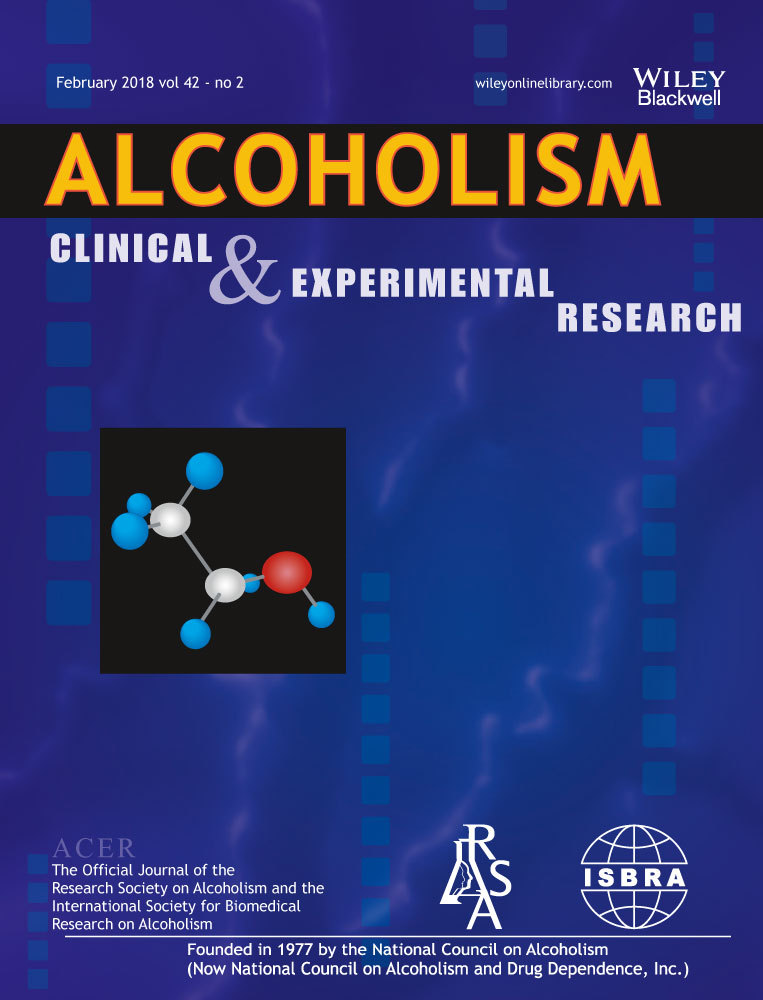Effects of Nicotine on Alcohol Drinking in Female Mice Selectively Bred for High or Low Alcohol Preference
Abstract
Background
Studies show that repeated nicotine use associates with high alcohol consumption in humans and that nicotine exposure sometimes increases alcohol consumption in animal models. However, the relative roles of genetic predisposition to high alcohol consumption, the alcohol drinking patterns, and the timing of nicotine exposure both with respect to alcohol drinking and developmental stage remain unclear. The studies here manipulated all these variables, using mice selectively bred for differences in free-choice (FC) alcohol consumption to elucidate the role of genetics and nicotine exposure in alcohol consumption behaviors.
Methods
In Experiments 1 and 2, we assessed the effects of repeated nicotine (0, 0.5, or 1.5 mg/kg) injections immediately before binge-like (drinking-in-the-dark; Experiment 1) or during FC alcohol access (Experiment 2) on these alcohol drinking behaviors (immediately after injections and during re-exposure to alcohol access 14 days later) in adult high- (HAP2) and low-alcohol-preferring (LAP2) female mice (co-exposure model). In Experiments 3 and 4, we assessed the effects of repeated nicotine (0, 0.5, or 1.5 mg/kg) injections 14 days prior to binge-like and FC alcohol access on these alcohol drinking behaviors in adolescent HAP2 and LAP2 female mice (Experiment 3) or adult HAP2 female mice (Experiment 4).
Results
In Experiment 1, we found that repeated nicotine (0.5 and 1.5 mg/kg) and alcohol co-exposure significantly increased binge-like drinking behavior in HAP2 but not LAP2 mice during the re-exposure phase after a 14-day abstinence period. In Experiment 2, 1.5 mg/kg nicotine injections significantly reduced FC alcohol intake and preference in the third hour postinjection in HAP2 but not LAP2 mice. No significant effects of nicotine treatment on binge-like or FC alcohol drinking were observed in Experiments 3 and 4.
Conclusions
These results show that the temporal parameters of nicotine and alcohol exposure, pattern of alcohol access, and genetic predisposition for alcohol preference influence nicotine's effects on alcohol consumption. These findings in selectively bred mice suggest that humans with a genetic history of alcohol use disorders may be more vulnerable to develop nicotine and alcohol co-use disorders.
Graphical Abstract
Alcohol and tobacco are often co-abused in humans. We investigated the effects of repeated nicotine-alcohol co-exposure on binge-like alcohol drinking in mice. High (HAP2) and low alcohol-preferring (LAP2) mice were used to test potential interactions between nicotine treatment and genetic predisposition for alcohol preference. We found that repeated nicotine increased binge-like alcohol drinking in HAP2 mice only. This finding suggests that repeated co-abuse of alcohol and tobacco/nicotine may increase binge-like drinking in humans with a genetic predisposition for alcoholism.





